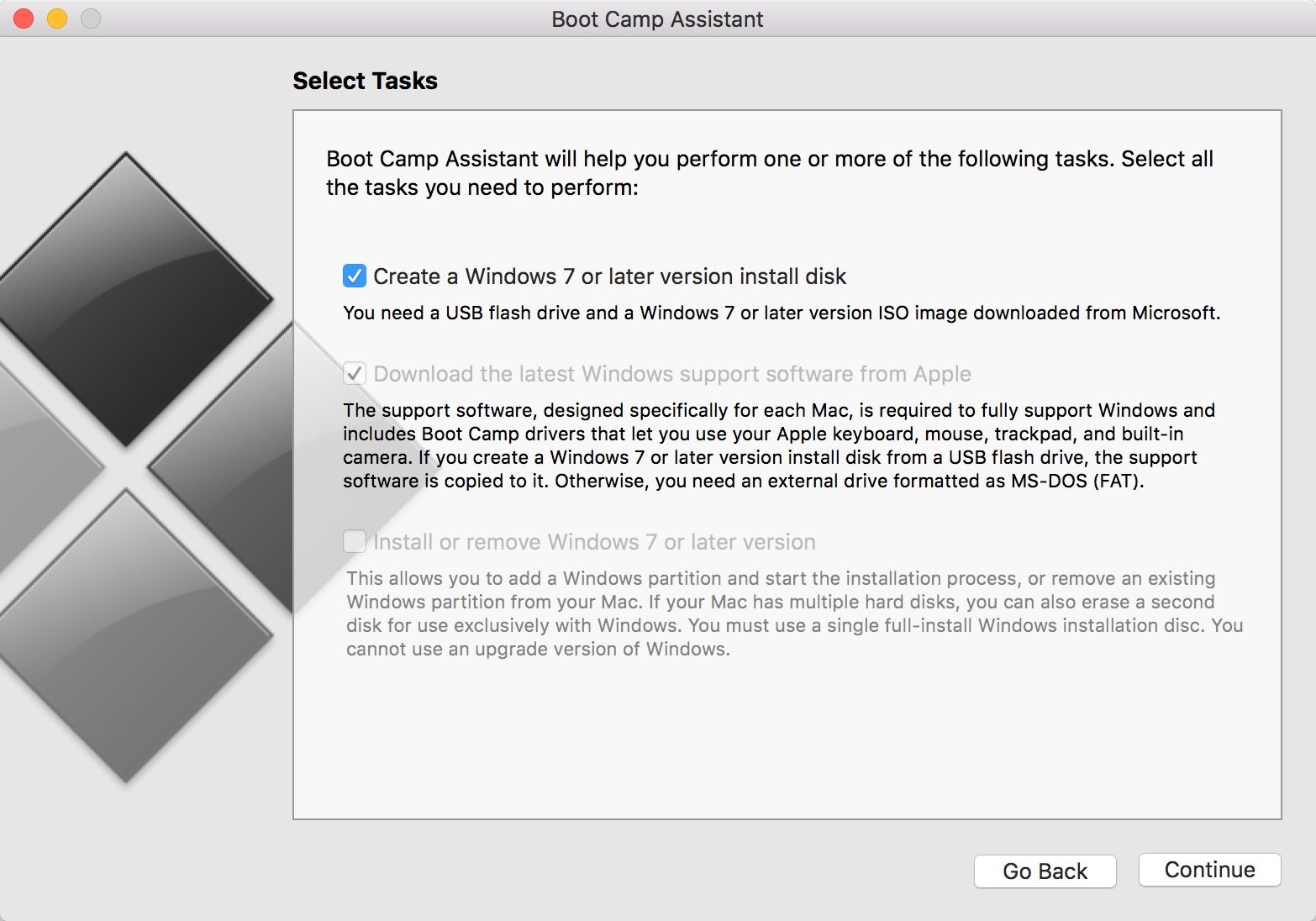
Windows 10 Usb On Mac For Built Pc
Tested on openSUSE
Whether you're interested in more advanced gaming on your Mac, or simply need. Plug your USB drive into the PC, then open the Disk Management utility. There is also a step-by-step guide on how to install Windows 10 on your Mac that. Feb 13, 2019 - How Do I Create A Bootable USB Drive on a Windows PC? UNetBootin to create your bootable USB device (as the built-in Apple utility isn't.
Recommended articles
Related articles
- 1Requirements
- 2Create bootable USB stick
Requirements
Download installation images
You need to download a DVD or Network installation image (ISO file) before creating the installation USB stick.
So whether you’re working out, partying or relaxing, the right music is always at your fingertips. The best photoshop apps for mac. Choose what you want to listen to, or let Spotify surprise you.
See Portal:Installation.
A large capacity USB stick
To write DVD images, your USB stick must have at least 5 GB storage space.
Protect your business critical data within your company with VPN Tracker, the leading VPN client for Mac now. Openvpn vpn for mac free. VPN Tracker reflects the highest security requirements of US governmental agencies. Just visit the section. You can download a test drive of. VPN Tracker is your PPTP VPN client Mac.
To write Network images, your USB stick must have at least 100 MB storage space.
NOTE: All data in the USB stick will be erased! Backup all contents before writing the images.
A working PC
You need a working PC to run the bootable USB creation tool. ImageWriter can be run on openSUSE. UNetbootin can be run on other Linux distributions, Microsoft Windows and Apple macOS.
Create bootable USB stick
Imagewriter (openSUSE)
- Open YaST --> Software Management
- Search and install 'imagewriter' package
- Open 'SUSE Studio Imagewriter'
- Select downloaded image (*.iso file)
- Select the USB device
- Click 'Write' button
It takes several minutes or longer, depending on image size and hardware performance.
Done!
Universal USB Installer (Windows)
- Download Universal USB Installer (GPLv2)
- Run it. You will see a simple application window.
- Select Linux distribution 'openSUSE'.
- Select downloaded image.
- Select the USB device.
- Click 'Create' button.
It takes several minutes or longer, depending on image size and hardware performance.
Done!
UNetbootin (OpenSUSE)
- Install unetbootin via zypper
- sudo zypper install unetbootin
- Figure out which drive is your USB stick you wish to overwrite
- ls -l /dev/disk/by-id/usb*
- Wipe out the partition table of your USB stick to avoid issues with existing contents
- sudo parted
- select /dev/sdc ( if your usb stick is /dev/sdc )
- p ( to print existing partitions )
- rm 1 ( to remove first partition )
- mklabel gpt ( to wipe device and make it GPT )
- mkpart primary ext4 1 -1 ( fill entire USB drive with ext4 partition )
- set 1 boot on ( make the new partition bootable )
- quit
- mkfs.ext4 /dev/sdc1 ( build the filesystem of the newly created partition )
- sudo parted
- Unplug and replug the USB stick to have OpenSUSE automount /dev/sdc1
- Run unetbootin with environment variable to avoid UI bug
- sudo QT_X11_NO_MITSHM=1 unetbootin
- Select 'Diskimage' radio button
- Click '..' and open previously downloaded iso file
- Select Type 'USB Drive' is not already selected
- Select Drive of your USB device if not already selected
- Click 'OK'
- Exit unetbootin
- Eject the USB drive from UI, or run 'umount /dev/sdc1' to umount files
UNetbootin (Other Linux, Windows, Mac)
- Download UNetbootin (GPLv2)
- Run it
- Select 'Diskimage' creating option
- Select 'ISO' file type
- Select downloaded *.iso file
- Select device type 'USB Drive'
- Select device name of your USB stick
- Click 'OK'
It takes several minutes or longer, depending on image size and hardware performance.
Done!
Boot from USB stick
- Plug your the USB stick into computer.
- Boot or reboot system.
- Press F12 and enter boot menu when you see BIOS interface. Quickly! (Some computers use Esc, F8, F10 for boot menu, you should see it on BIOS screen)
- Select your USB stick in the boot menu
- Press Enter
System will restart and boot from the USB stick. Then you can follow the normal DVD installation instructions.